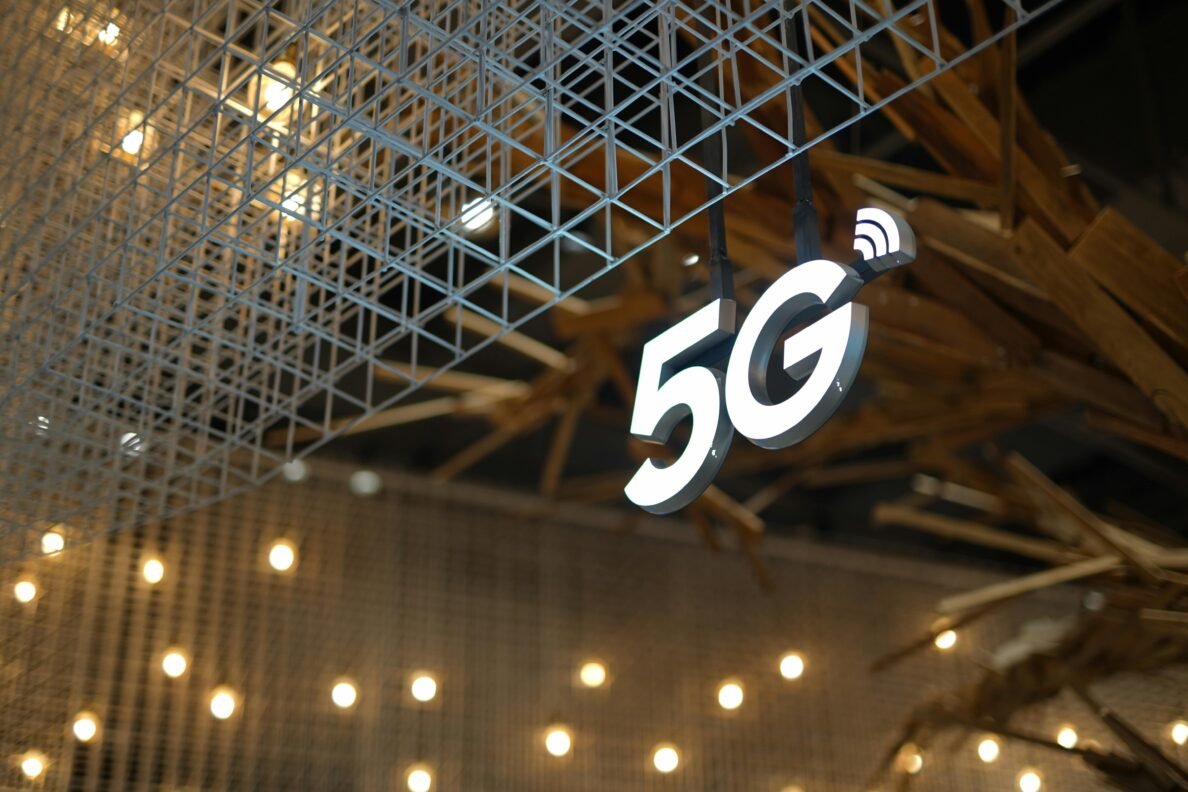Understanding 5G: A Beginner’s Guide

5G, or fifth-generation wireless technology, is the latest advancement in mobile communication, succeeding 4G LTE. Think of it as a major upgrade that allows our devices to connect to the internet and communicate with each other much faster and more efficiently. While 4G brought us the ability to stream videos and browse the web on our smartphones, 5G takes it a step further by enabling new possibilities that will change how we live, work, and interact with technology.
Key Features of 5G
- Lightning-Fast Speeds: 5G can deliver internet speeds that are up to 100 times faster than 4G. This means downloading a movie might take just seconds instead of minutes.
- Low Latency: Latency refers to the delay before a transfer of data begins following an instruction. With 5G, this delay is significantly reduced, making real-time communication, like video calls or gaming, feel instantaneous.
- Increased Connectivity: 5G can connect a massive number of devices at the same time without losing quality. This is especially important as more smart devices enter our homes and cities, creating what is known as the Internet of Things (IoT).

How 5G Works
5G uses a combination of different technologies to deliver its impressive capabilities:
- Millimeter Waves: These are high-frequency radio waves that can carry large amounts of data at incredible speeds. However, they have a shorter range and can be blocked by obstacles like buildings. To overcome this, 5G networks use a dense network of small cell towers that can transmit these waves effectively.
- Small Cells: These are compact base stations that can be installed on streetlights, buildings, or utility poles to enhance coverage and capacity in densely populated areas. They help ensure that users can connect to the 5G network even in urban environments.
- Massive MIMO (Multiple Input Multiple Output): This technology allows multiple antennas to transmit and receive data simultaneously, increasing the amount of data that can be sent and received at once. This is crucial for supporting the many devices connected to a 5G network.
What 5G Means for Everyday Life
5G is not just a faster way to browse the internet; it has the potential to revolutionize many aspects of our daily lives:
- Smart Cities: 5G will enable smart city technologies, such as intelligent traffic lights and connected public transportation systems, improving urban living and reducing congestion.
- Telemedicine: With 5G’s low latency and high speeds, healthcare professionals can conduct remote surgeries and consultations more effectively, expanding access to medical care, especially in rural areas.
- Enhanced Entertainment: Imagine streaming high-definition movies or playing video games in 8K quality without any buffering. 5G will make this possible, providing a richer entertainment experience.

Challenges and Considerations
While the promise of 5G technology is thrilling, it comes with its own set of challenges that we must address to fully realize its potential.
Infrastructure Development: Establishing the necessary infrastructure for 5G is a significant undertaking that requires extensive investment and time. This effort includes not only the installation of new small cell towers but also updating existing networks to handle the increased data traffic. As cities adapt to this change, collaboration between governments, telecom companies, and communities will be essential to ensure a seamless transition.
Health Concerns: Alongside its advantages, there are lingering health concerns regarding the potential effects of increased radio frequency exposure. While many people have voiced these worries, regulatory bodies around the world, such as the FCC and WHO, affirm that 5G technology adheres to safety guidelines. Continued research and transparent communication will be crucial in addressing public apprehensions and building trust in this groundbreaking technology.
The Future of 5G
5G technology is set to transform our daily lives in ways we can only begin to imagine. From improving how we communicate to enabling smart cities and enhancing healthcare, the potential applications are vast. As we embrace this new technology, it’s essential to stay informed and consider both the benefits and challenges it presents.
Curious about the latest advancements in artificial intelligence? Check out my latest article, “What it Means That New AIs Can ‘Reason’,” to explore how this capability is shaping our understanding of technology and its implications for the future!












